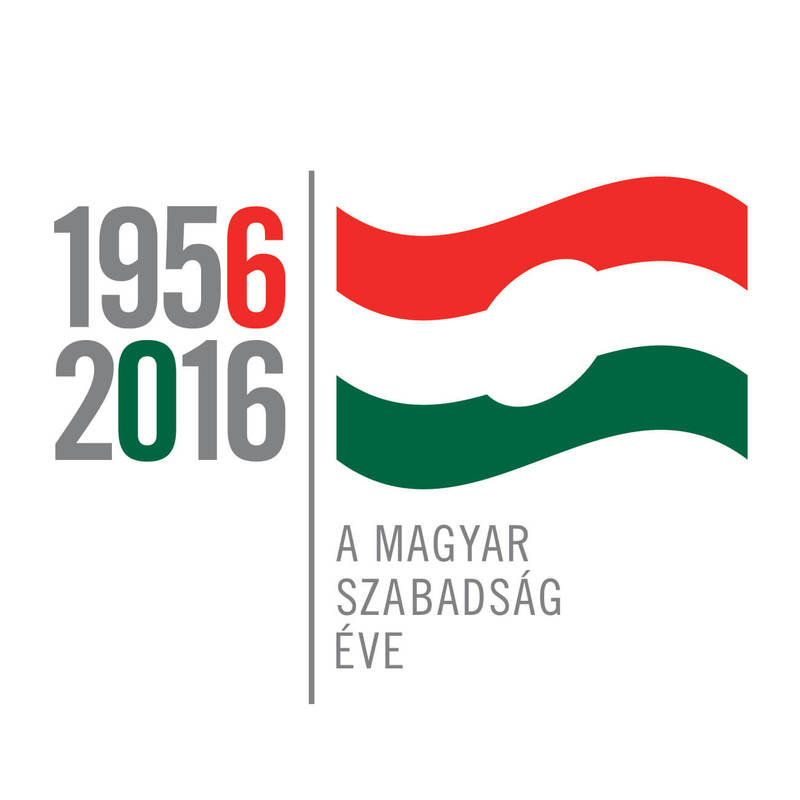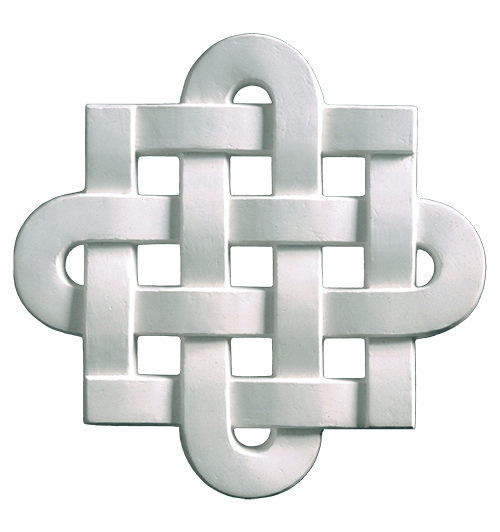Intro
Following the disinterment and identification of Imre Nagy and his companions in 1989, the rest of the graves in plots 298 and 301 were never excavated. From time to time, specific persons were exhumed for conducting forensic identification procedures. The only geodesic survey of the then neglected plots was carried out in 2003.
Experts subsequently conducted a comprehensive survey of data to determine who died where and how, and who was buried where and how in the unmarked graves between 1945 and 1962. The research clearly established that the place of burials over the given period would change as often as annually; however, burials were conducted according to a standard routine for persons executed for political or ordinary crimes, or who died under uncertain circumstances. The deceased were interred in these plots in different rows depending on the cause of death. The earthly remains of many persons cannot be found where they are officially registered to have been buried. Also, people executed on the same day and buried anonymously may also have been placed in graves other than the officially registered ones and swapped graves and bodies were also revealed . The prison was responsible for burying the bodies and registering the burial places. Under Rákosi’s dictatorship burials were undertaken by Department VI/2 (prison management) of the State Protection Authority (ÁVH, the secret police). Burials under pseudonyms were widespread during this time.
Each of the 23 rows of plot 298 holds 45 burial places, a total of 1035 graves. The rows run parallel with the northern wall of the cemetery. From probably late 1944 onwards interments were made in rows running inwards from the road and wall of the cemetery, and in the middle of the plot. There may have been an additional 24th row by the cemetery wall, but it is unmarked and it is believed that war criminals were interred there to keep their burial place a secret.
According to records, plot 298 was largely used for so-called “gratis” (welfare) burials and for burying human remains from hospitals, as well as historically documented persons who had been put to death, and victims under pseudonyms. The plot was re-landscaped several times and in its current state it models a military cemetery. The ground surface of the plot was reshaped for the first time in 1992, but the majority of grave posts were memorials, not real graves. Only in 14 cases could forensic experts succeed in establishing the identity of the buried persons.
Each of the 28 rows of plot 301 holds 40 burial places, a total of 1120 graves. Again, the majority of them were so-called “gratis” (welfare) graves holding anonymous corpses, remains from dissecting rooms and experimental animal remains. The plot was used from January 1952 to 1977; that is, the plot is not only the burial place of executed 1956 fighters. This plot, too, was re-landscaped and filled up on several occasions. Here again the artificial stone gravestones bearing names do not correspond to actual graves. The rows are not entirely parallel and the graves are often not of the usual depth. Often the usual distance between the graves went unobserved and bodies were buried close together. The 1956 fighters who were executed or died in prison were buried from row 13 onwards. Row 23 is the final resting place of Prime Minister Imre Nagy. This plot was not excavated in full either; there were only 58 exhumations and identifications.
Plot 300 was first used in 1989. It is, to all intents and purposes, a “formal” plot in that from 1989 onwards it was used to bury bodies exhumed in other plots or even other cemeteries – chiefly persons connected to 1956 and their family members. Further research will be necessary to establish the identity of victims buried in other plots in the cemetery, but who are also connected to the period.
The information database of persons buried in the plots is only available in Hungarian.
Dr Éva Susa and Áron Nagy-Csere


